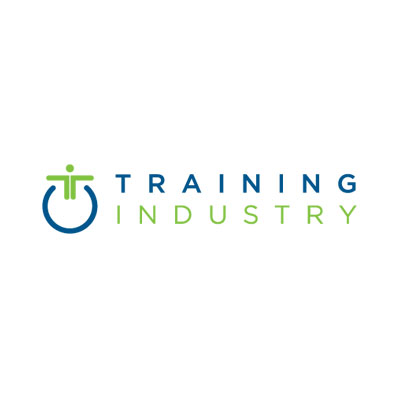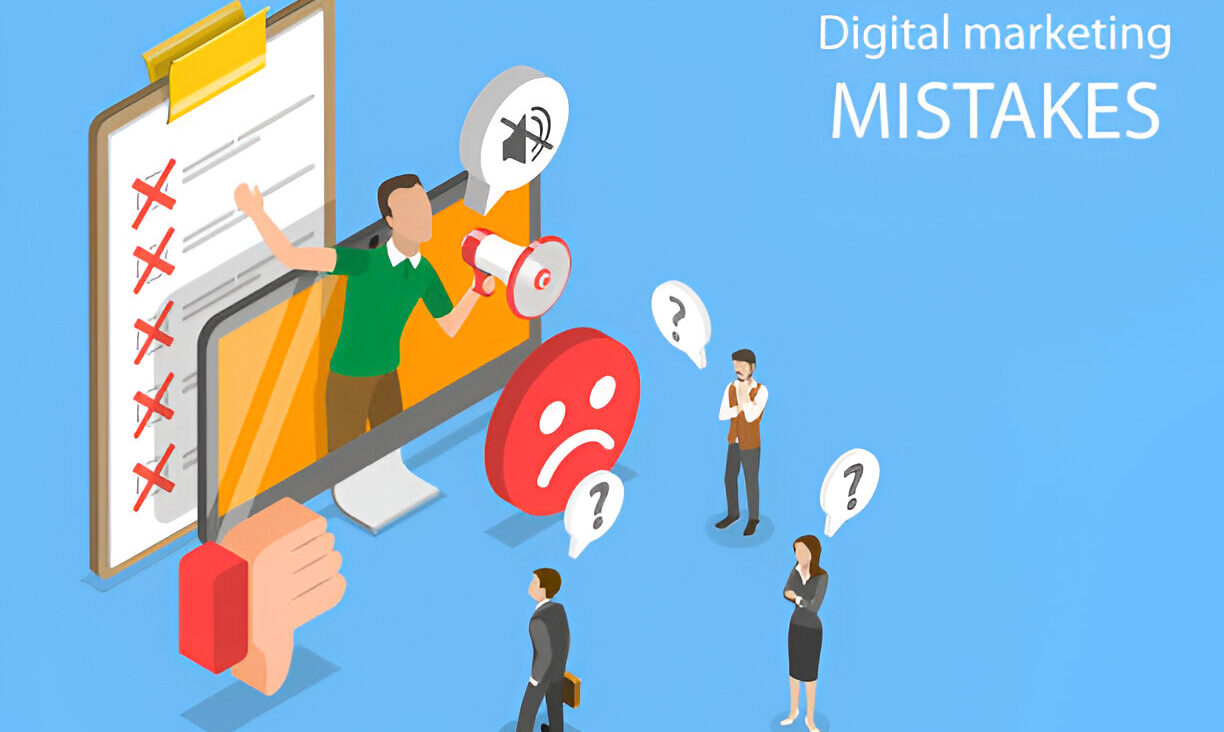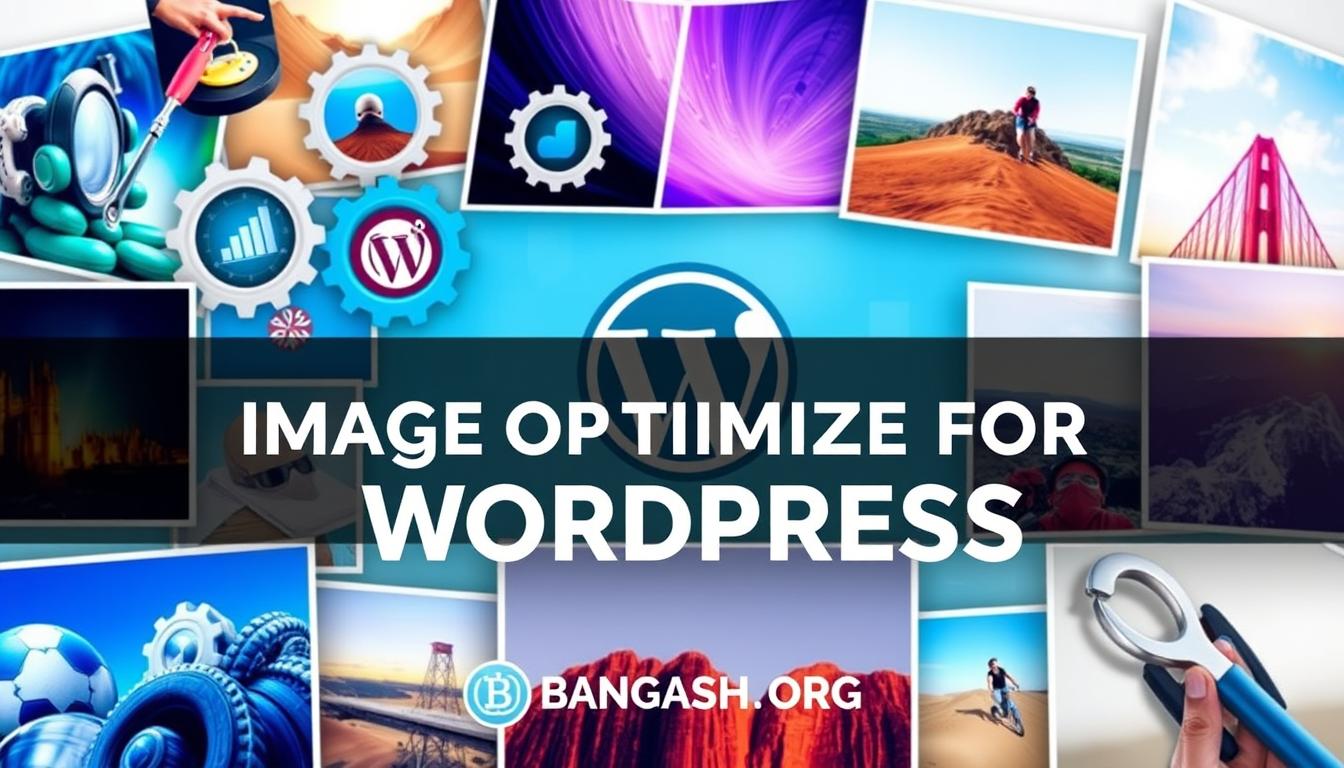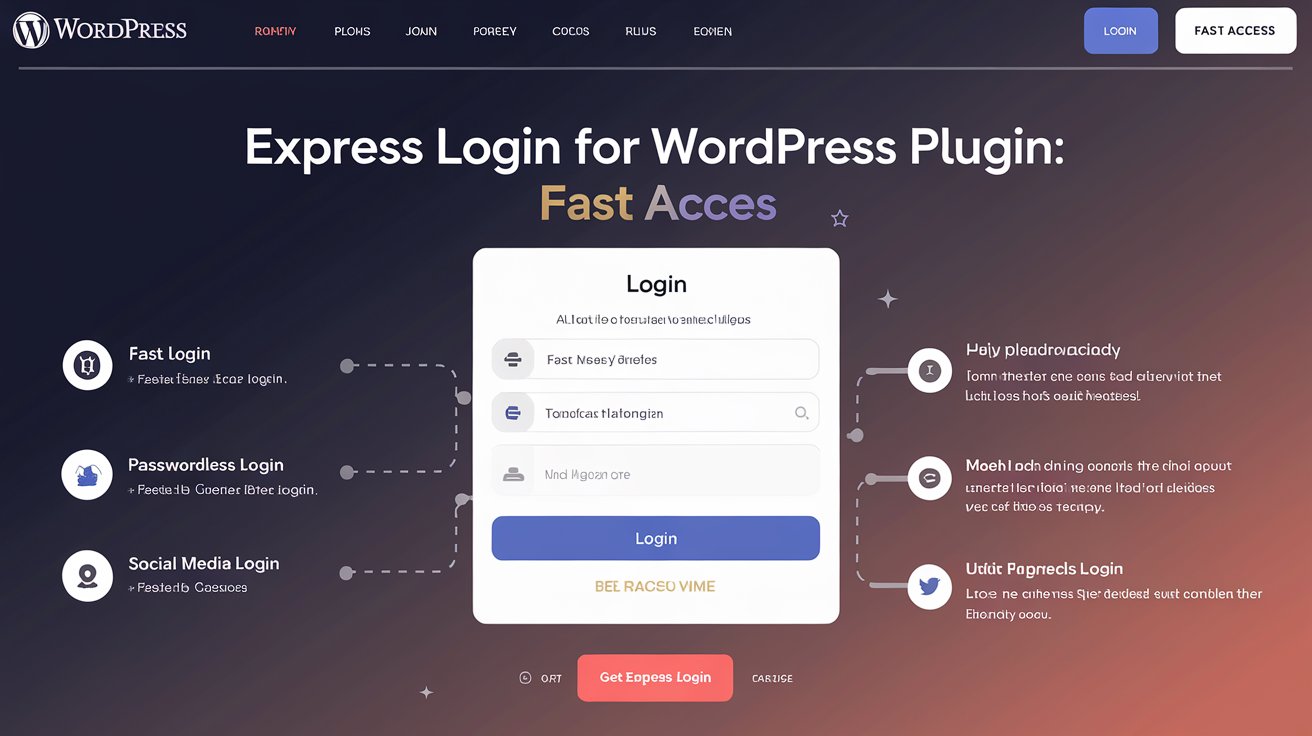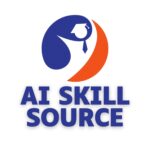As with all significant shifts in the workforce, the Great Resignation presents opportunities for learning and development (L&D) professionals to recognize what they can learn to better manage the impact of these types of changes. Unlike the gradual descent of 2008’s Great Recession, this period is like an avalanche, with organizations scrambling to retain their workforce. According to PwC’s The Future of Work, 45% of CFOs are not confident in their company’s ability to retain critical talent.
Yet most organizations overlook a critical factor: how their cultures contribute to this evacuation of talent.
Culture relates to how work is done in an organization—the collective actions of a team. This is the difference between organizations that are experiencing small amounts of attrition and those that are determined to rebuild their workforce. People stay and contribute within cultures of trust, equality and inclusion, leading the workplace to greater engagement, more innovation and better business outcomes.
Chances are, your organization may need to rethink and reposition itself to be more culturally effective for 2022 and beyond. To shift an organizational culture, both leaders and employees must learn new and different behaviors, and that learning often falls in the area of training.
Here are three ways L&D professionals are improving organizational culture to limit employee disengagement now or in the next workforce revolution to come:
- Prepare for constant change
I once worked with a senior human resources (HR) leader who would start meetings by saying, “In about 18 months, things are going to work out.” This went on for four years! After a while, our leader realized—and helped our team realize—that change was here to stay, and eventually the phrase became an HR joke. Through this leader’s example, we have learned to think in terms of the next, best step we can take to create as much stability as possible until a new approach is required. Being flexible and realistic has become part of our team’s culture.
In contrast, I worked with another leader who, even though they were aware of disruptive market conditions, clung to old ways of doing business that no longer worked. We were a stagnant team in changing circumstances, and we couldn’t meet our customers’ needs, even in the smallest sense, because we couldn’t flex. The outcome was widespread frustration and disengagement.
So while it can be challenging and expensive to constantly pivot, the new normal requires us to accept that things are always changing—for ourselves as L&D professionals, our organization’s leaders, and the learners themselves. An investment with a customer base can suddenly dry up. We may master one skill, but then have to turn to another. We can train on one platform, only to have it replaced by a better one. Nothing ever stays the same.
This can be a lot to process for those who need a routine. But there is no price for staying committed to processes and behaviors that no longer work. We need to find the next step that makes sense at this time while being ready to release that approach for a new one in the future.
- Check for low confidence
My family is currently renovating a house built in 1972, which will require knocking down some walls. Who knows what we will find: old newspapers, signs of animals, or even black mold? We quickly learned that tackling a major renovation means being mentally prepared with the right resources to handle the things that might not be so pretty.
Similarly, creating cultural change may require us to knock down some “walls,” and in an organization, the dreaded black mold is low trust.
Low confidence, possibly endemic to the turmoil of the past year, slows the pace of work and stifles innovation. If low trust has crept in, the agility of productivity falls into a “wait and see” mentality. People are too busy looking over their shoulders, protecting their territories, and listening to rumors to learn new, effective behaviors. Or, as The Great Resignation taught us, employees who have been thinking about jumping ship for a while find this moment a natural pause and take the opportunity to make a clean break. Higher-confidence organizations develop managers, habits, and processes that are tuned to flight risks long before they occur.
As you implement teams with training initiatives, be sure to work from a foundation of high trust, or at least be aware of the low-trust places. Be prepared to go on a slightly longer, if not painful, mission to uncover the dimensions of low trust, such as excessive bureaucracy, low morale, and toxic office politics. Culture doesn’t happen quickly, and if low trust persists in your organization, you can’t fake your way to high trust. You have to bring those issues to the fore and choose to do something about them beforehand.
- Review your onboarding process to ensure it creates a culture of inclusion at a manageable pace
Despite this ever-changing environment, there is at least one area that has remained true and is still true today: Getting people on board is important to their long-term success in organizations and teams.
It seems too obvious, right? Even if an employee stays three or five years, they will go back to how they were on board when they left and talk about how impactful that process was on their sense of belonging, of being included, of being seen and being received. Organizations can never focus too much on those first, critical experiences, from the recruitment and interview process to meeting their managers and new colleagues.
Of course we want to hire qualified and capable individuals who can hit the ground running, but the problem is that in this environment we are most likely recruiting highly qualified people who can also be, frankly, exhausted.
I recently spoke with a colleague whose onboarding process has now extended to 12 months. On the one hand, this may seem excessive in terms of timeline and resources required, but the upside of a 12-month onboarding is to learn information in bite-sized chunks that can be digested and integrated into work. With the additional support, they can orient themselves within the organization and make the professional choice to stay long-term.
Developing—or perhaps redeveloping—a healthy organizational culture in today’s environment requires an investment of patience, trust, and support. But the reward is a workforce that shows up authentically, does their very best work, and is less likely to leave when the going gets tough.
================
AISKILLSOURCE.COM
